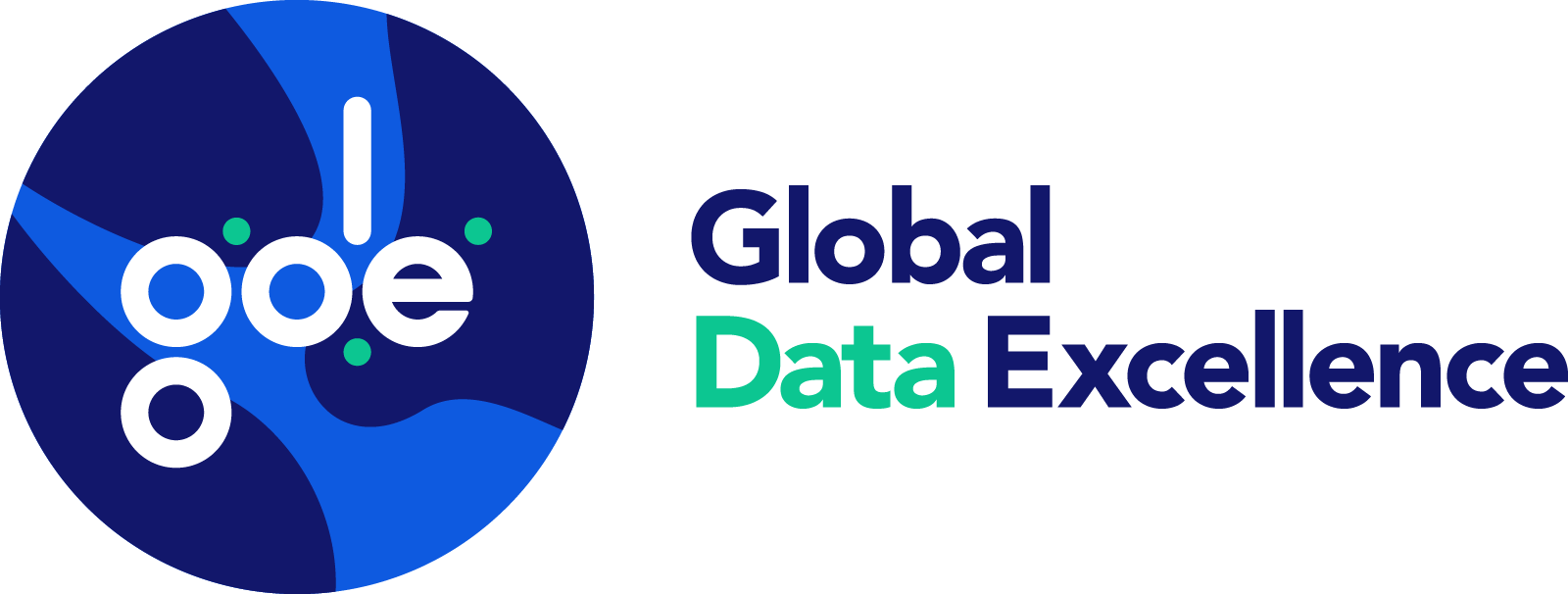
Does one of the most advanced artificial intelligence vendors in the world have links to ancient Greece? You might be surprised to learn that the answer is, yes.
At the heart of the revolutionary AI in Global Data Excellence’s DEMS is the Semantic Meta Model, a cutting-edge means of parsing natural language queries of any type of data and providing insights that can only come from understanding the essence of the query. It’s the fruit of decades of fundamental research, computer science, and at the core of a world-leading technology, but its theoretical basis might be found in the result of a dialogue between a teaching and a student some 2500 years ago on a hilltop in Athens.
What Is a Table, Anyway?
Imagine yourself in a classroom in classical Athens.
The teacher, Socrates, is one of the greatest philosophers of his or any time. His star pupil is an Athenian known to all by his nickname derived from the Greek word for ‘broad’, a reference to his barrel-shaped chest. It was the pupil’s broad intellect and his eloquence, though, that would establish him as one of the great human minds in history. Today most every student learns the name Plato early in their scholarship, and the world’s deepest thinkers continue to reflect on his contributions to knowledge millennia after he made them.
Plato was not the first philosopher to study or engage with the idea of meaning and the basic notions of semantics in language. His Theory of Forms, though, was among the more important contributions to the understanding of the link between what is said and what is meant. Elegant in its simplicity, the Theory of Forms established a basis for connecting meaning to language.
Consider a table, for example.
If you were asked to describe a table you might describe a rectangular piece of wood with four legs, one in each corner – and you’d be correct, of course. Yet another person who described a circular piece of wood with four legs would also be correct, as would a person who described a slab of granite supported by two other stone pieces or a person who described a triangle of plastic with single support in the center.
When we use the word ‘table’ we understand that we are not referring to a certain number of legs, a particular wood or stone finish, a particular height above the ground, or a piece of furniture with seating for a minimum or maximum number of people. Indeed, we can easily imagine a table placed against a wall where seating is all but impossible.
In Plato’s Theory of Forms a table has an essence, that is, there is something that – if it was missing – would make whatever we were looking at something other than a table. Everything has an essence. It’s why we can see a large German Shepherd, a middle-sized beagle, and a tiny chihuahua and conclude they are all dogs. It’s why we can call a house, an apartment block, and an office tower three examples of ‘buildings’, but also why only two of them might be called ‘homes’.
That idea of essence, of meaning, is at the heart of the study of human semantics even to this day.
Machines, Humans, and the Semantic Challenge
The study and practice of semantics goes beyond human communication.
Computers, too, have their own semantics and there is a rich literature in computer science around machine and programming semantics. To be clear, in the same way that human language has syntax and grammar that are separate to meaning, so too does computer code. As Jerome Euzenat has written, machine semantics “provides the rules for interpreting the syntax which do not provide the meaning directly but constrains the possible interpretations of what is declared.”
When humans interact with computers and machines there is often a struggle to extract meaning. Some advances have been made in having computers understand humans with so-called Natural Language Processing (NLP) chief among them. Thanks to NLP a user can ask a question or give a command using the same language that they would use in conversation with another human. Instead of having to learn to code and constructing a query in a way that a machine understands, NLP encourages humans to communicate naturally and direct their query in their own words.
Problems emerge, though, when machines are incapable to parsing the meaning that the human intended. While fully capable of understanding all the words in a command or query, the machine is unable to extract the meaning as it does not understand the essence of the language. It lacks, then, the semantic model to extract meaning from words, and even if it has a rudimentary semantic model, it is likely to only understand a single human language.
But there’s a technology that can overcome such limits – and its revolutionary.
The Semantic Meta Model
At the core of Global Data Excellence’s artificial intelligence technology is the Semantic Meta Model, or SMM.
Thanks to the SMM, a query of a data source is following certain semantic rules and, thanks to construction of meta-bases and links, can be parsed, interpreted, and a correct response provided. Because the SMM is focused on the essence of a query, the actual language that is used to query the data source is of only marginal concern. As a result, it is of no real difference whether a query of a data source is made in English or French, Russian or Mandarin, a formal programming language for machines or a standard human dialect.
How can this be?
In technical terms, a SMM constructs a meta-based that first classifies the lexis appearing in queries and then creates links between the lexis. More simply, the SMM can interpret what is being asked and provide an answer, and then use the understanding gained via the query and the response to add new information and parameters to the meta-base. Every query improves the meta-base further, and as the focus of the SMM is on extracting meaning and essence, it matters little what language the query is delivered in.
From Ancient Greece to the Modern Multinational
Plato’s Theory of Forms laid the foundation for the true meaning and essence of a word to be understood as something separate to the word itself. A table is not something with four legs, not something made of wood, or not something surrounded by chairs; instead, a table is defined, for want of a better phrase, by its ‘table-ness’.
In the modern multinational with data ready to be queried in different silos, databases, and countries, querying that data, and returning a correct answer is more than a challenge for most Ai and machine learning approaches. For Global Data Excellence and DEMS, though, it is made simple thanks to the groundbreaking Semantic Meta Model.
Thanks to the SMM, DEMS, and Global Data Excellence organizations are finally getting the answers to the questions they have long wished they could ask and realizing million – even billion – dollar optimizations to their strategies and operations.
Learn how you can take your organization
to the next level with DEMS.
Global Data Excellence News
Dr. Walid el Abed at S3C 2025: Data Sovereignty, Ethical AI, and Digital Governance
We are pleased to share the presentation by Dr. Walid el Abed, Founder and CEO of Global Data Excellence, at the S3C 2025 Summit – a major event...
Global Data Excellence and The Higher Committee of Human Fraternity Unite to Drive Ethical AI and Human-Centered Technology for Global Good
For immediate release Geneva, Switzerland – May 23, 2025 – Global Data Excellence (GDE) and The Higher Committee of Human Fraternity have entered...
GLOBAL DATA EXCELLENCE CELEBRATES DATA INDEPENDENCE DAY WITH THE LAUNCH OF DEMS FOR ALL
Press Release: For Immediate Release Geneva, Switzerland – September 18, 2024 – In a historic announcement, following Dr. Walid el Abed's...

Global Data Excellence (GDE)
Route de la Galaise 34
CH - 1228 Plan-les-Ouates


© 2024 Global Data Excellence | All Rights reserved | DEMS Support Platform | Website realised by Swiss House of Brands




Recent Comments